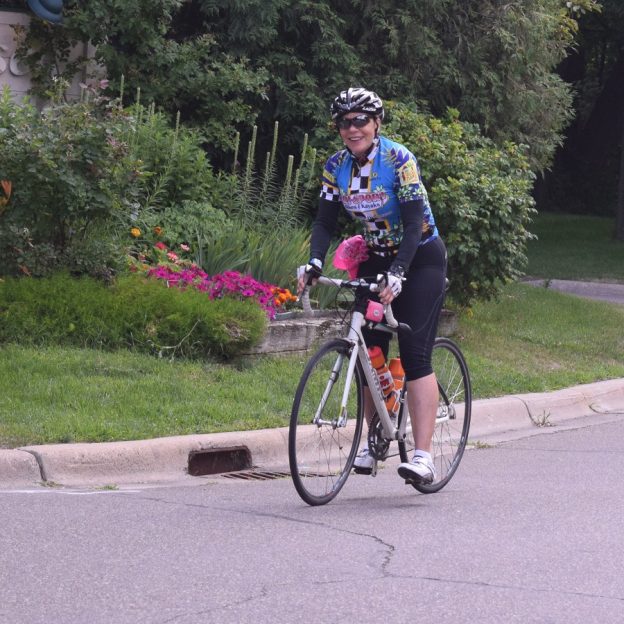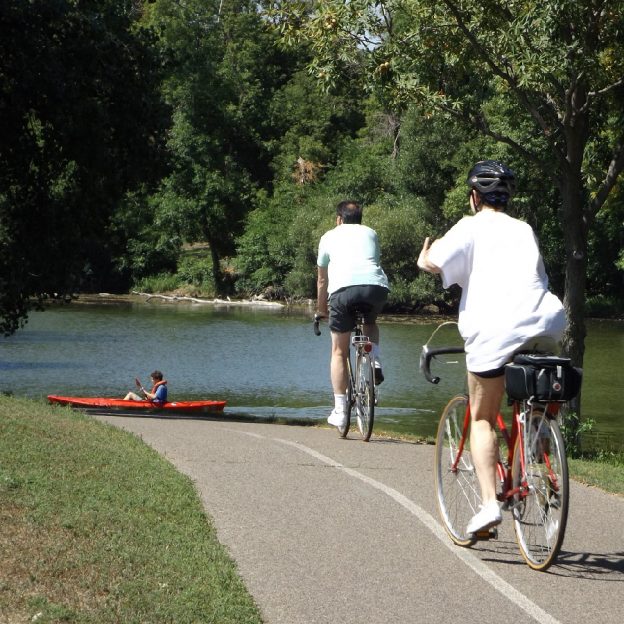Product Category: Riding Comfortably
-

Cycling Clothes: Bike Comfortably in Fluctuating Temperatures
—
by
As we swing closer to spring, here are some cycling clothes ideas for bike riding comfortably in fluctuating temperatures.
-

How to Pick the Right Bike Seat for Comfort and a Memorable Experience
With the following tips, having the right bike seat will allow you the opportunity to spend more time in the saddle for a more comfortable and memorable ride.

